Nagarhole Projects
Love watching animals in the wild? Come and enjoy the safari with your family and friends. Leave the booking worries to us—we’ll take care of it!
Ongoing Nagarhole National Park Projects
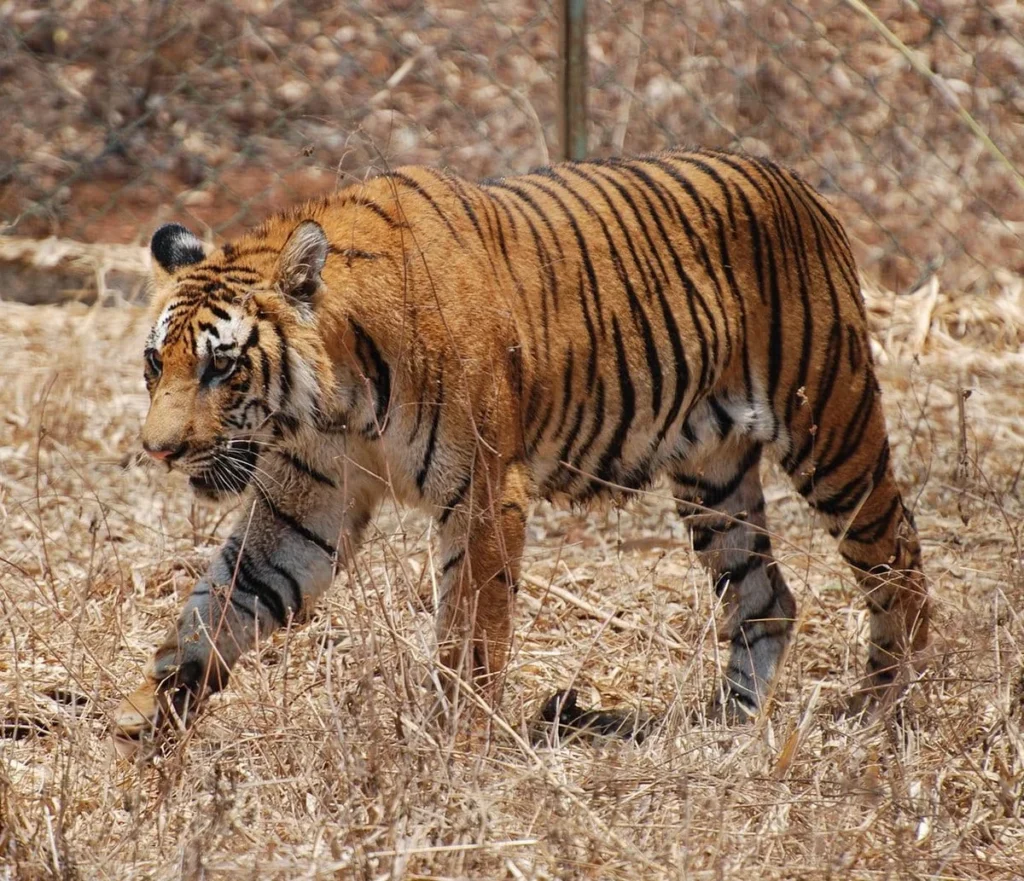
Tiger and Wildlife Conservation Projects (Ongoing since 2010)
Nagarole National Park is one of the key reserves designated under Project Tiger. The park’s diverse ecosystems include grasslands, tropical forests, and rivers. It provides a vital habit for the Bengal tiger. The initiative brought a comprehensive approach to conservation. This safeguards tigers but also preserves their habitat and prey.
The Project Tiger in Nagarhole National Park aims to increase the population of tigers. This has led to an increase in the population of tigers. This is due to the project’s intensive anti-poaching patrols, community outreach programs, and habitat management. These all have contributed to the success of the tiger project, making the population of tigers reach 100 numbers, ensuring you can spot them in the wild easily.
Anti-Poaching Initiatives (started in 2017, ongoing)
Nagarhole National Park has also started many anti-poaching initiatives in 2017. These include:
- Anti-poaching patrols are extreme to ensure no poaching incidents can happen.
- Anti-poaching camps, 27 in number, the forest watchers and guards with wireless communication systems.
- There are fire towers with forest guards for detecting fires early.
- Improved infrastructure with radio communication networks and better accommodation for field staff, vehicles, and boats for mobility.
- The park has also installed watchtowers to increase surveillance to ensure there are no poaching activities in the park.
- The anti-poaching project is ensuring the increase in tiger population.
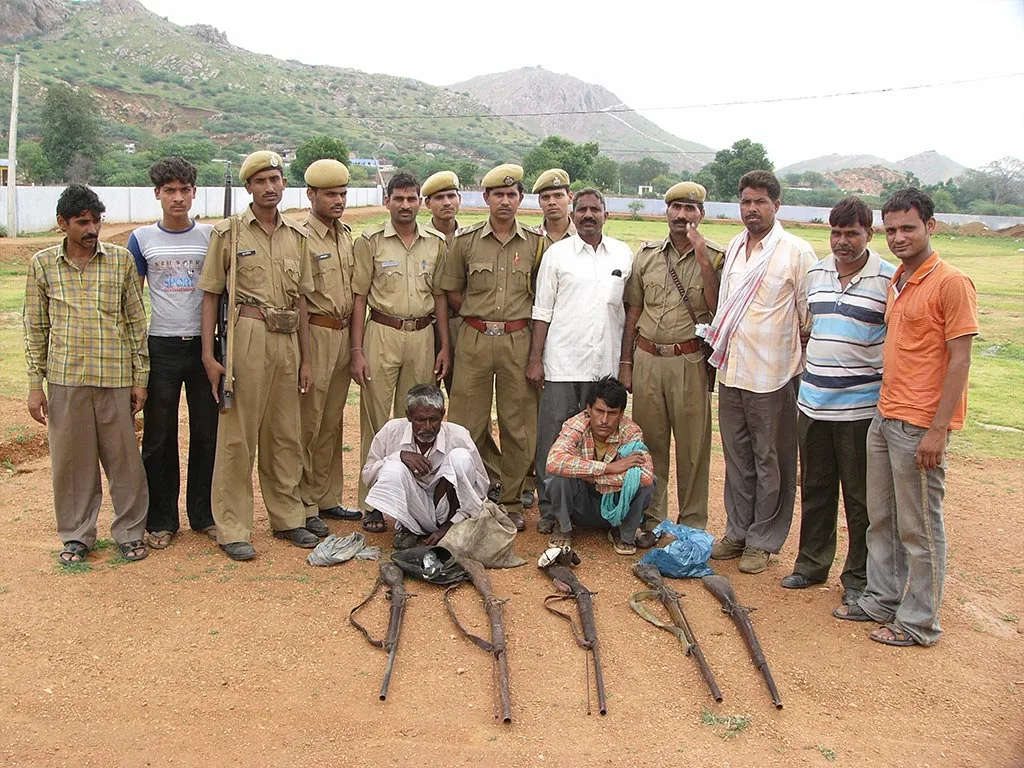
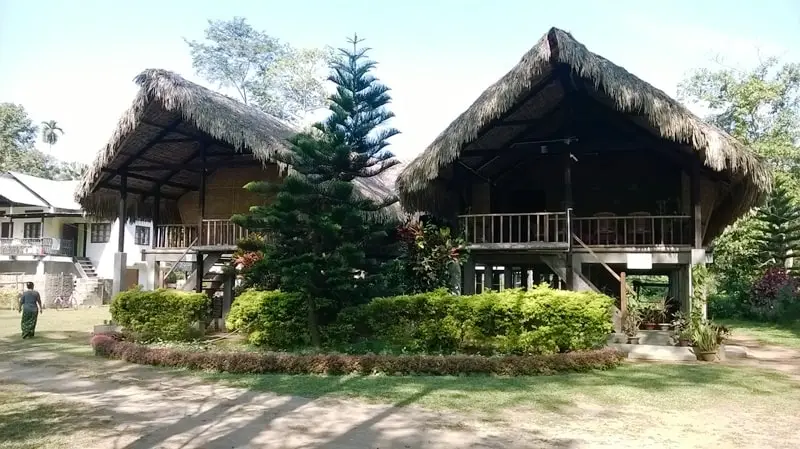
Eco-tourism development (ongoing since 2018)
Eco-tourism development is an ongoing project in Nagarhole National Park. It includes the government taking efforts to relocate the tribal people within the park. It also focuses on the difficulty faced by the officials of the park to cope with the conservation strategies happening in the park. The eco-tourism development project helps educate the people on the consequences of littering or vandalizing the national park. The project will help people focus more on understanding the impact of ecotourism management.
Community Engagement Projects (ongoing since 2020)
NGOs and the Government of India are working together to relocate the tribal people to the periphery of the forest. It was done to ensure the safety of tigers and elephants in the forest, which were in threat due to the lifestyle of the tribal population. The relocation also helped the tribal people, as they were granted schools, roads, and hospitals with basic amenities for better sustainability. The community engagement project helps protect the animals while giving tribals a better life, helping them both. Tribals also create handicraft items and sell them in the nearby area, earning a decent livelihood.
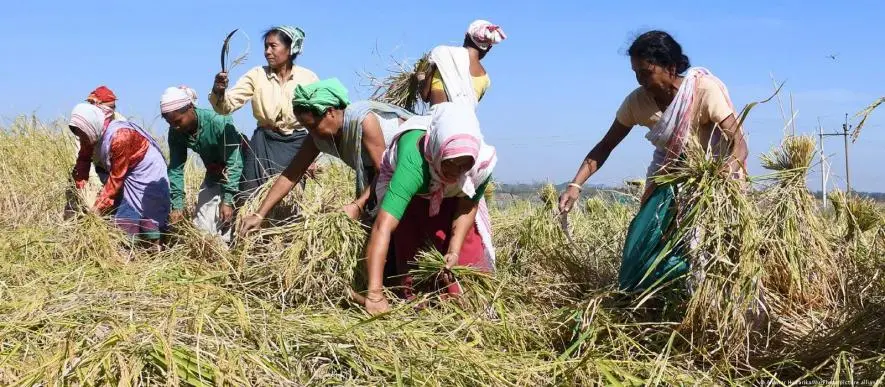
Upcoming Nagarhole National Park Projects
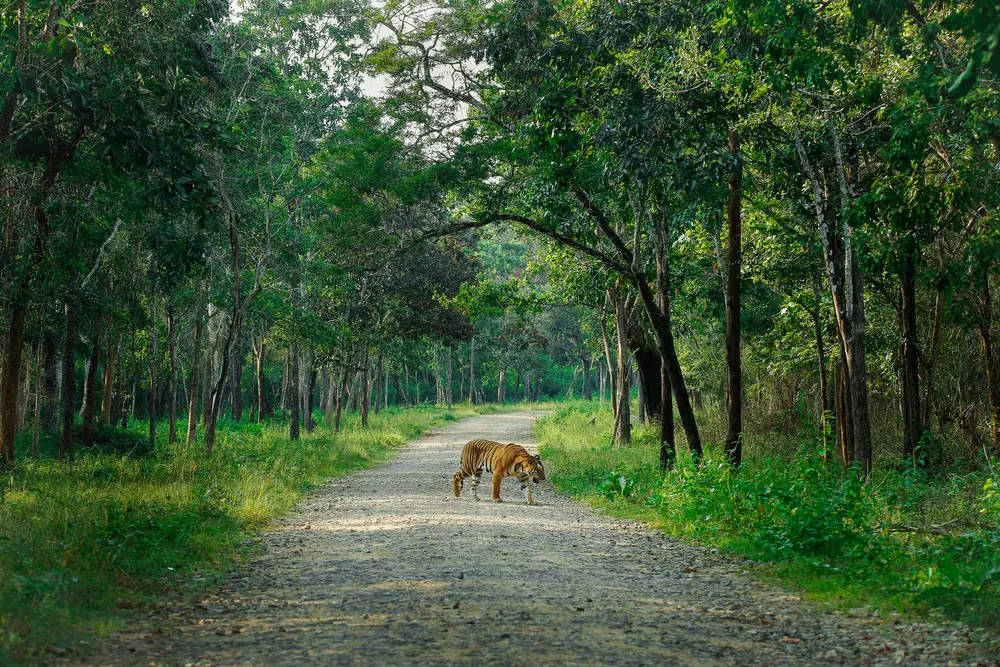
Buffer Zone Expansion Nagarhole (Expected in 2025)
The planned buffer zone expansion around Nagarhole National Park aims to enhance wildlife protection and reduce human-wildlife conflict. As you increase the buffer area, the project will create a safer habitat for elephants and other wildlife. This ensures they have more space to roam and be free in their home. The initiative also seeks to involve local communities in their conservation efforts, promoting sustainable practices. The expansion will help you mitigate the pressures from agriculture and development on the park’s ecosystem. Thus, it will contribute to long-term biodiversity preservation and foster ecological balance in the entire region.
Elephant Management Plan Nagarhole (Planned for 2024-2026)
The Indian elephant species in Nagarhole National Park is among the most sought-after species here. Thus, the elephant management plan for Nagarhole focuses on mitigating human-elephant conflicts. Thus, enhancing the well-being of the entire elephant population. It also helps create awareness amongst local communities. The plan aims to establish corridors facilitating safe passage for elephants, reducing encounters with human settlements. Additionally. It will promote community involvement in conservation efforts and develop compensation mechanisms for farmers who were affected by elephant activities. The main agenda of this plan is to ensure elephants and humans can co-exist peacefully.
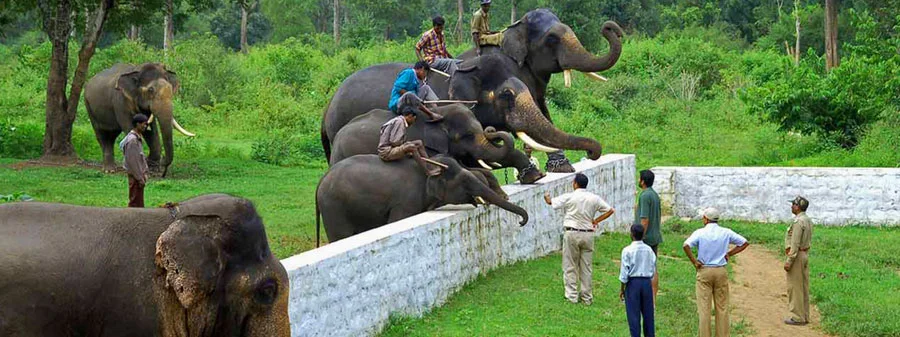
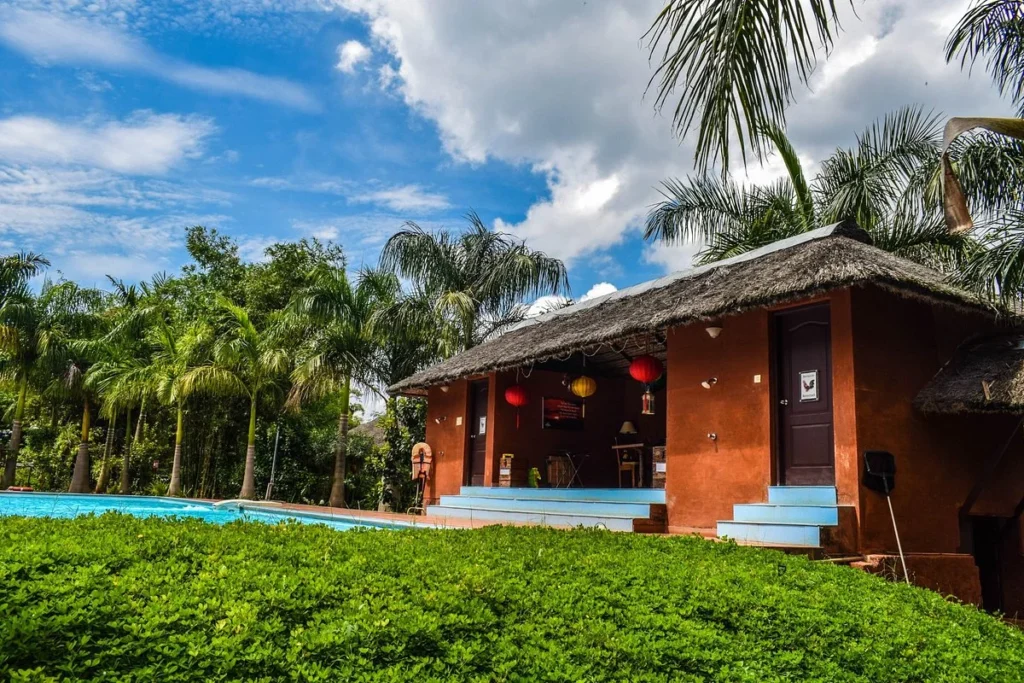
Eco-Friendly Accommodation Expansion Nagarhole (Expected by 2026)
The eco-friendly accommodation expansion in Nagarhole has one aim: to provide sustainable lodging options, minimizing environmental impact while enhancing visitor experiences. The plan for this includes constructing lodges blending with the natural surroundings utilizing renewable energy sources. This initiative will prioritize local materials and traditional building techniques, ensuring the accommodations are both eco-conscious and comfortable. As you promote sustainable tourism practices, the project will attract environmentally conscious travelers, generating revenue for conservation efforts and local communities.
Safari and Infrastructure Improvements Nagarhole (2024-2025)
Another Tiger project in Karnataka involves safari and infrastructure improvement in Nagarhole. The aim is to enhance the experience of the visitor while prioritizing wildlife safety. The project includes upgrading pathways, viewing, and roads to facilitate better access to key wildlife areas without disrupting animal habitats. It will also introduce regulated safari vehicles, reducing emissions and noise pollution. The plan is to develop information centers to educate visitors about the ecology of the park and its conservation efforts. These improvements aim to attract more tourists while contributing to the local economy.
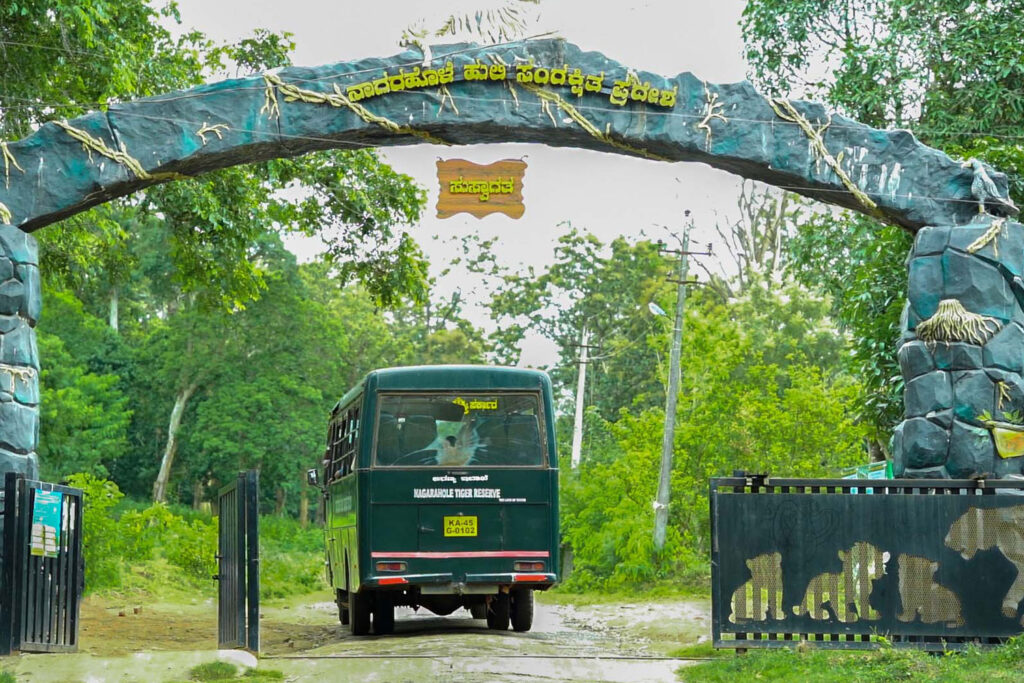
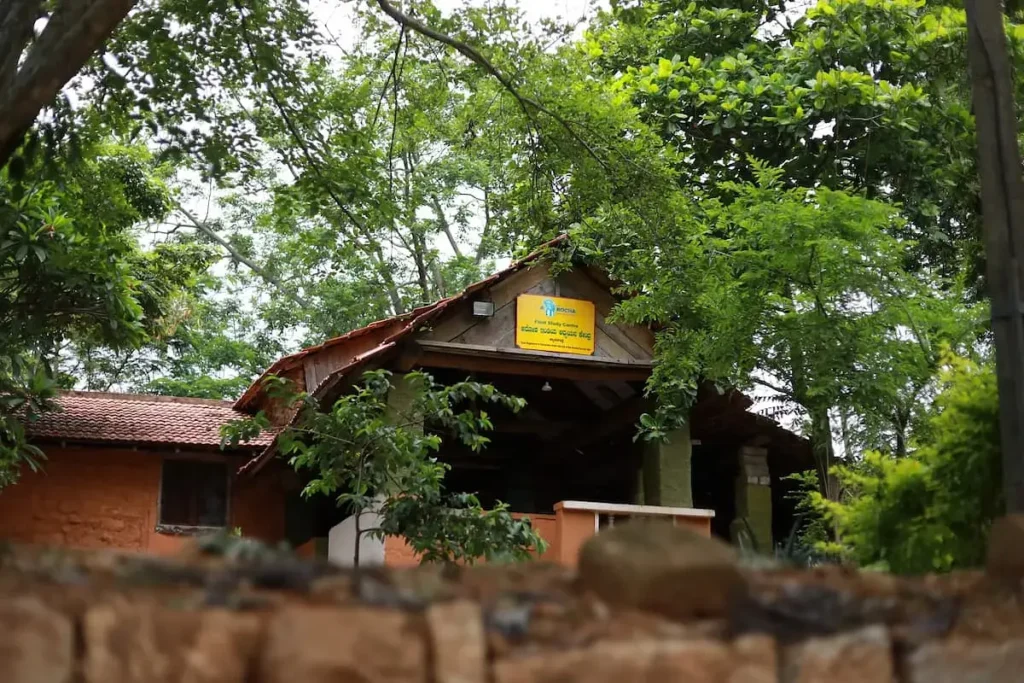
Wildlife Research Station Nagarhole (Planned for 2025)
Nagarhole National Park has planned to establish a wildlife research station aiming to facilitate conservation initiatives and scientific research. The station serves as a hub for researchers studying the diverse ecosystem of the park. It focuses on specific behavior, conservation strategies, and habitat dynamics. It is equipped with modern facilities supporting not just field studies but also data analysis. Thus, fostering collaboration between conservationists and scientists. The research station engages local communities in monitoring programs, enhancing their understanding of wildlife conservation. Ultimately, this initiative will contribute to informed decision-making to ensure the protection and management of Nagarhole’s unique biodiversity.
Completed Nagarhole National Park Projects
Nagarhole–Kabini River Lodge Development (Completed in 2017)
The Kabini-Nagarhole River Lodge in Nagarhole National Park, Karnataka, is a joint venture between the forest and state’s tourism departments and Jungle Lodges & Resort LTD. The aim was to convert the former hunting grounds of the Maharajas of Mysore into a lodge owned by the government. The lodge is on Nagarhole National Park’s southern edge, 220 km from Bangalore and 80 km from Mysore. Here you will find many activities like jeep safari, boat safari, and bus safari to spot the wildlife.
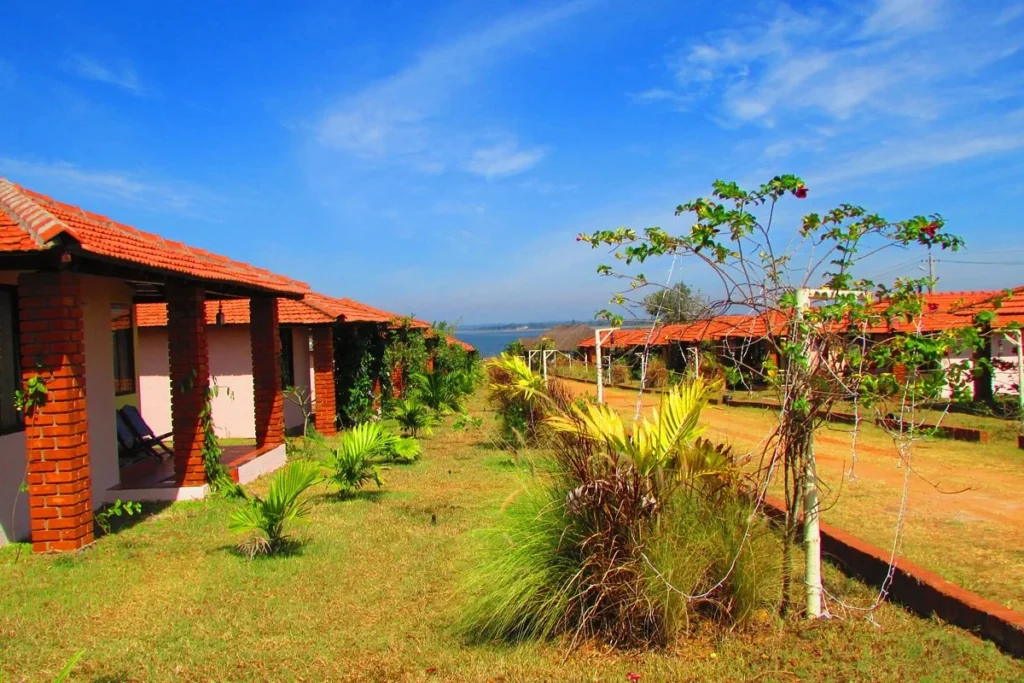

Installation of Wildlife Fencing (Completed in 2018)
In 2015, Karnataka’s forest minister decided to put a rail fence near Nagarhole and Bandipur National Park. The project was undertaken to ensure elephants didn’t cross over from entering the human habitats. The rail fencing covers over 145 km and was completed at a cost of INR 212 crore. The plan to erect solar fences to ensure the safety of the animals and people living on the forest fringes was necessary.
Forest Fire Management (completed in 2021)
NGOs and the Government of India are working together to relocate the tribal people to the periphery of the forest. It was done to ensure the safety of tigers and elephants in the forest, which were in threat due to the lifestyle of the tribal population. The relocation also helped the tribal people, as they were granted schools, roads, and hospitals with basic amenities for better sustainability. The community engagement project helps protect the animals while giving tribals a better life, helping them both. Tribals also create handicraft items and sell them in the nearby area, earning a decent livelihood.
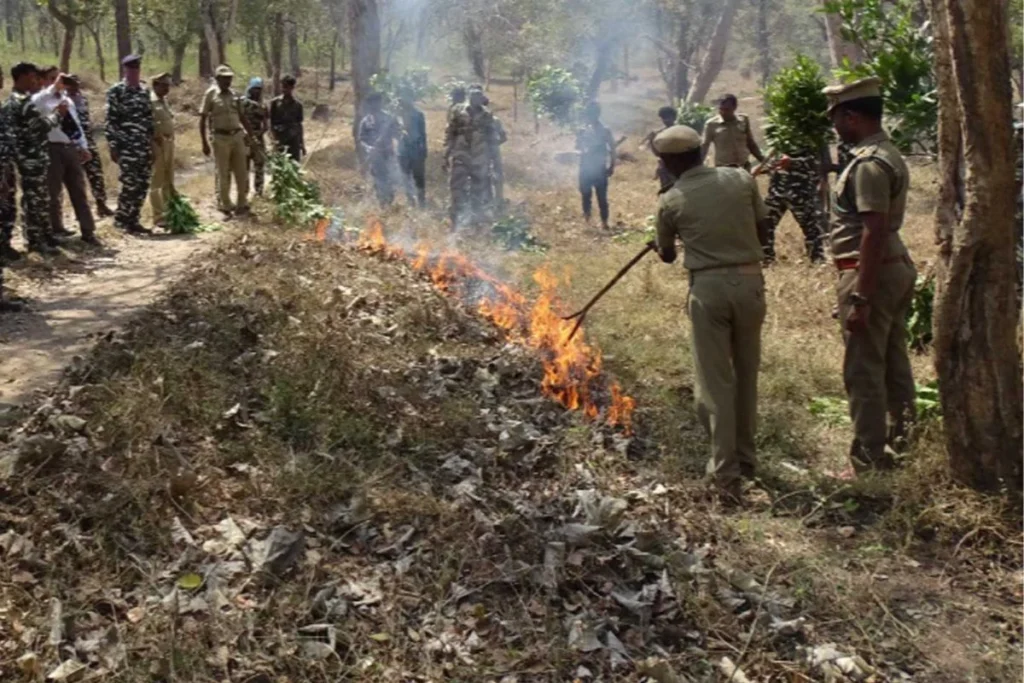
Love watching animals in the wild? Come and enjoy the safari with your family and friends. Leave the booking worries to us—we’ll take care of it!
